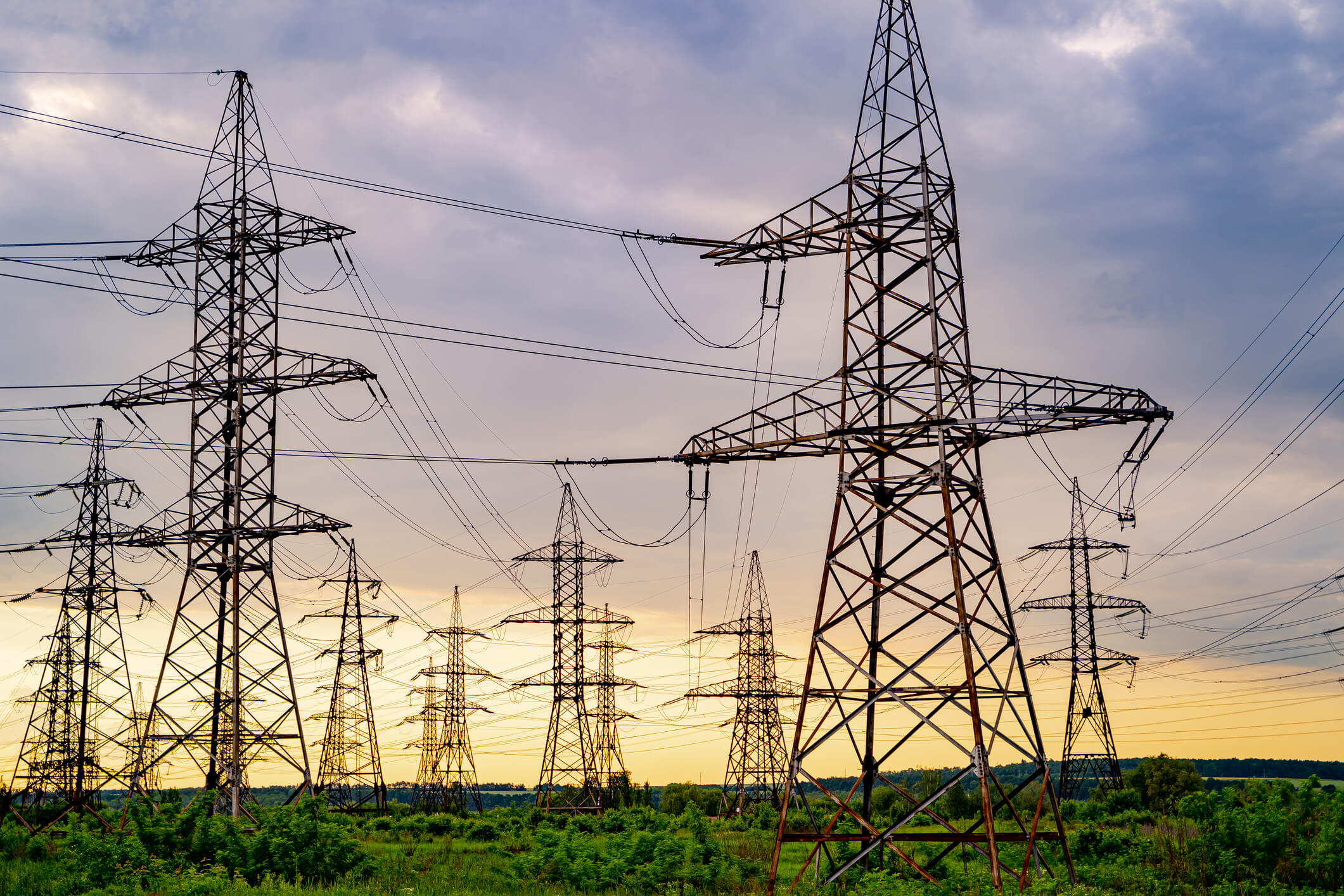The survey results reveal the collective industry opinion regarding the priority of the NERC activities as follows. Note that a number of these efforts are currently underway:
- Reliability Guideline: BESS and Hybrid Plant Performance, Modeling, and Studies (underway)
- Reliability Guideline: Electromagnetic Transient (EMT) Modeling and Simulation (underway)
- Follow-Up and Tracking: Positive Sequence Modeling Issues (underway)
- Technical Report: Energy Transition to High IBR Penetrations (underway)
- White Paper: TP/PC Stability Criteria in High IBR Penetrations (possible future)
- Technical Report: BPS Protection System Impacts from Increasing Penetrations of IBRs (underway)
- White Paper: Grid Forming Technology (possible future)
- White Paper: Frequently Asked Questions for Newly Interconnecting BPS-Connected Inverter-Based Resources (possible future)
- White Paper: Technical Challenges with the Existing BES Definition Criteria (possible future)
- White Paper: Utilizing Overbuilt IBRs for Frequency Response (possible future)





